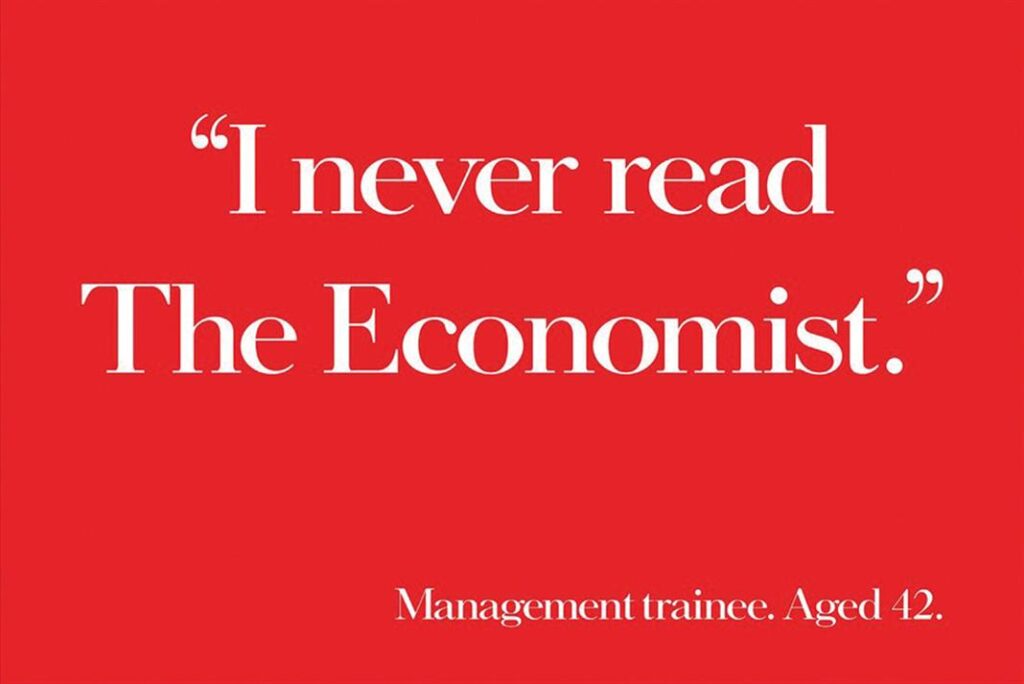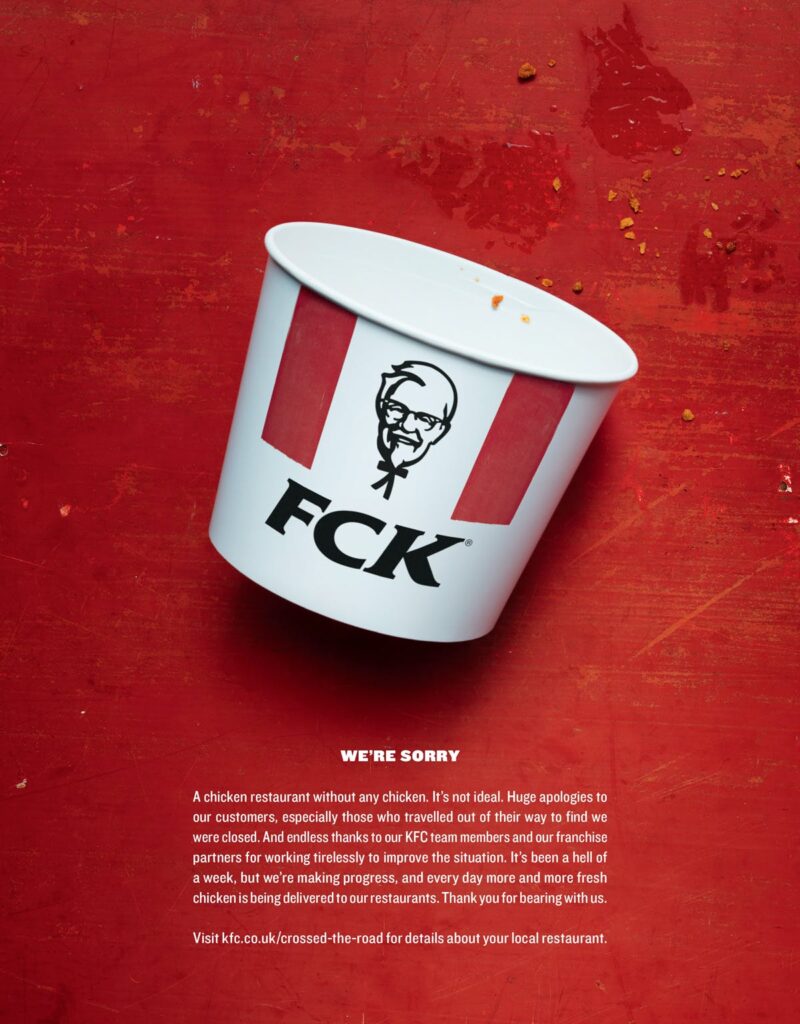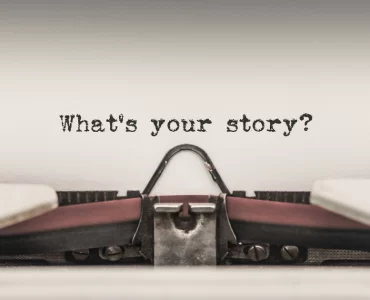Copywriting for Facebook ads – The quick guide to writing better headlines
Sometimes the only thing that stops you scrolling on Facebook is a clever headline. A witty, attention grabbing headline that makes you smile and even click. Whether it’s in an ad or a branded meme, headline writing for Facebook and other platforms and display ads holds the power to drive conversions.
A headline that’s clear and compelling be used to effectively deliver brand messages and the desired results. But what are the ingredients or steps to writing a clever and effective headline?
Let’s first look at what makes headlines such a necessity in advertising.
The importance of headlines
Headline writing is both an art and a science – using wordplay, wit, and a fair bit of psychology. Digital reading habits have evolved, and copywriting techniques have kept up. Headlines now need to be effective at just a glance. Headlines have been, and are still a mainstay of advertising. Primarily used to call attention to brand messages and incite some form of action. To get clicks, to raise awareness, or – to guide the reader to the second sentence. The importance of headlines is aptly summed by a legend of advertising, David Ogilvy. “On the average, five times as many people read the headline as read the body copy. When you have written your headline, you have spent eighty cents out of your dollar.”
With social and digital ads, headlines are essential to attract eyeballs and clicks. Copywriting for headlines that are effective, can be very different from writing for taglines and slogans that need to work longer-term in brand building.
Let’s look at how headline writing has evolved through the years.
The evolution of headlines in copywriting
In the days of newspaper and magazine ads, headlines had the luxury of time and space. Media was static, and headlines could be extravagant in thought and lengthy in word count. A golden era for copywriting – with several classics such as the Economist campaign.

Today, headlines on social and web platforms must work harder and faster to get clicks. While also factoring complexities such as placements, audience, scroll speed and distance. Studies show that the average social media user scrolls around 300 feet of content a day on a mobile screen. Assume that the average FB ad is about 2 inches – and that’s the amount of competition you face. Your headline must work harder and smarter than ever to stand out on the mobile or desktop screen.
5 tips to writing better headlines for social media
First, a disclaimer. There is no ‘instant formula’ to writing headlines. But following a few steps can help to improve the quality of your social media headline writing.
1. Keep it short (but not always so simple)
A study by Microsoft presumes online users to have an attention span of about 8 seconds. We’ve already established why headlines need to work quicker to be effective.
Shorter headlines are more mobile-friendly and easier to read on smaller screens in a single glance. Think 10 words or less. Often, a headline can even carry a whole ad campaign. In this KFC example, in as little as two words.


It’s important to use simpler language and shorter sentences in your headlines. But that doesn’t mean you still can’t be clever enough to give the reader a grin. Which brings us to… wordplay.
2. Ditch the formula – Use wordplay
Modern ‘copywriting’ methods proclaim the use of formulas (X ways to do Y and so on). These are incredibly useful for content writing, but with ads – they become generic and uninteresting. Instead, writing for modern media can rely on much older and more reliable tools – wordplay. Alliteration & Repetition: Using repetitive words or sounds like Apple did ‘Oh. So. Pro.’ Metaphor & Simile: Exaggerating the benefits of a product in a more visual and easily understandable way. Think ‘Red Bull gives you wings’.
3. Drive action with instruction
If you want people to do something, you have to tell them to. Use verbs to incite action – Get / Do / Learn / Book Now / Click. In the haze of social media, readers subconsciously crave direction. Help them along by guiding them to follow an action of your choice either in the headline or the subhead.
4. Connect with emotion – Empathise, surprise or even annoy
All advertising is emotion. Connecting with your audience on a deeper level shows that you understand their desires and needs better. Which can give you leverage to subtly influence them to choose your product. Use emotions such as empathy to relate with your consumers’ problems. Use anger to share their frustrations and troubles. Use surprise to delight and cheer them. Or even sometimes (but not too often) use fear to confront their needs.
5. Use a subhead for more clarity
Ads no longer have the luxury of having a whole paragraph of text to justify the headline. On social media and websites, your headline can use the support of a short, effective subhead. This will shorten the length and complexity of your headlines and bring a clarity of thought to your ad. Which can help to catch the attention of your audience.
Conclusion
Headline writing for social media can be tricky. To be effective, they need to be shorter, quicker and more attention-grabbing. It’s a challenge, but done right – your brand can win with conversions. Follow the simple steps explained above. Lose the formulae. Use wordplay, emotion, and calls-to-action. With 15 years of experience in writing headlines, there’s so much more about competition research, craft, and audience. But that’d probably be a book’s worth. The 5 steps listed above can help you craft a headline that is not only effective, but memorable. If you’re looking for some help with headlines – do hit me up on wayne@everyonecreative.co for a quick chat. Or a coffee. Or both.



